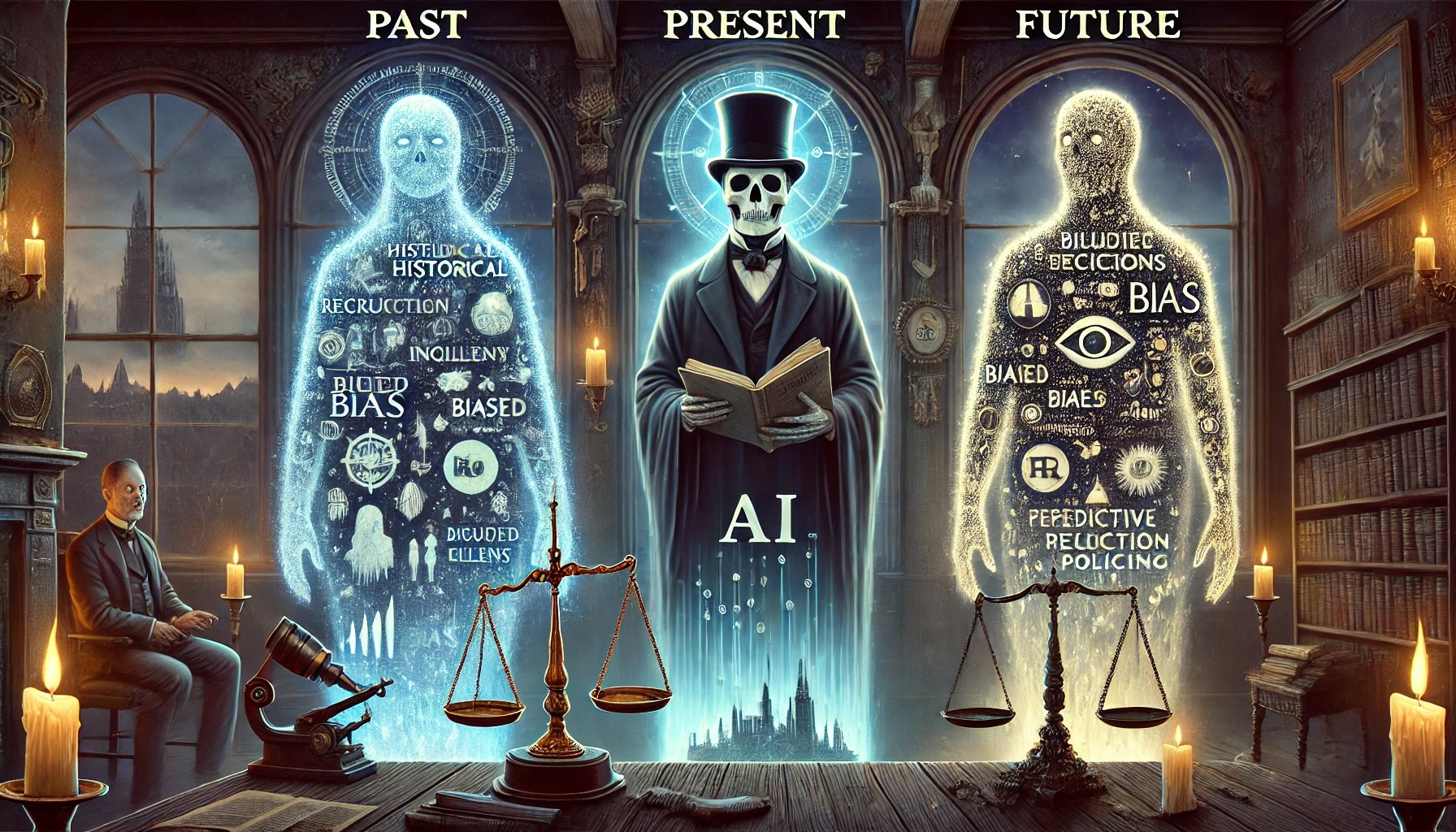Why today’s leaders must adapt to a changing landscape
I recently met with the CEO of a large engineering company. Bill is a 60-year-old white, alpha- male, command-control leader. Or, as he put it, “old-school.” He was deeply proud of what he had built over the decades, employing hundreds of people and leading a company worth tens of millions.

In that very same conversation, Bill expressed frustration with his companies recent, increasingly high turn-over and their growing inability to find, hire and retain new talent. Their experienced baby boomers were retiring in huge numbers and they were struggling to backfill those positions with the top talent they needed to compete. Even more, one of his best employees, a “young, rising star” had recently given him notice. The reason he gave? He “just. wasn’t. happy.” Bill was at a loss. “What’s wrong with this next generation?!”
A man who had spent his entire adult life building and leading a successful company from the ground up was deploying a leadership style that wasn’t working anymore. The future of his company was in trouble. Bill is not alone.
Bill is a great example of a leader shaped by the residual “American Alpha-Male” archetypes. Understanding why his leadership style is no longer working requires an understanding and exploration of past, present, and future business and employee landscapes.
A Brief History of the American Alpha-Male.
The American Alpha-male is the unconscious manifestation of a society rooted in what author Isabel Wilkerson refers to as the American caste system.
“A caste system is an artificial construction, a fixed and embedded ranking of human value that sets the presumed supremacy of one group against the presumed inferiority of other groups on the basis of ancestry and often immutable traits, traits that would be neutral in the abstract but are ascribed life-and-death meaning in a hierarchy favoring the dominant caste whose forebears designed it. A caste system uses rigid, often arbitrary boundaries to keep the ranked groupings apart, distinct from one another and in their assigned places.”
For hundreds of years, this leadership style was incredibly useful in large, bureaucratic, industrial organizations where standardization, optimization and efficiency were key. But the world has evolved, and so have businesses. Today, the most successful workplaces are increasingly organic, functioning more like an ecosystem, and those that fail to recognize this important shift are at great risk of failure. Government agencies, traditional public schools, and most large corporations are excellent examples of institutions structured under the antiquated American alpha-male caste system. If unable to evolve, these massive institutions risk crumbling under the weight of their own ineptitude and antiquation.
As businesses continue to evolve and adapt to changing trends, leaders must reflect and embody this transformation. An in-depth study from Gallup revealed that approximately 7 out of 10 employees are unengaged at work. 44% of new hires leave within 18 months. 89% are due to poor culture fit and 80% were dissatisfied with their direct manager. Turnover costs are estimated to be 100%-300% of the base salary of the replaced employee.
Companies and leaders that haven’t started to make changes and embrace a new way of leading — focused on empowering employees and embracing more inclusive behaviors in the workplace– have already fallen behind.
A New Way Of Leading to increase ROI.
Adapting to the modern workplace is one of the most common problems that many leaders struggle with. And it’s no surprise. This is hard work that must be addressed at the root. But no matter how old-school you are, there is a compelling business case to be made for embracing a more inclusive leadership style, making better decisions and strengthening relationships within your business.
First, just to get it out of the way — you’re less likely to get sued. Inclusive organizational behaviors improve protections for employees and for your company by creating policies that build a safer business environment, and can ultimately protect against lawsuits related to toxic work environments and employee/manager conflicts. Companies that utilize anti-bias training and policies can save hundreds of thousands and even millions of dollars in otherwise avoidable lawsuits. When we know better, we do better.
But there are even more compelling reasons for today’s business leaders to embrace this new way: Companies with a inclusive cultures attract, hire, develop and retain talent at a far higher rate than companies who do not. They build a stronger pipeline of leadership talent and have stronger succession planning. They have increased engagement, collaboration, and innovation among their employees, ultimately leading to a better business product. Companies with inclusive cultures have 22% lower turnover rates, 22% greater productivity, 27% higher profitability, and 39% higher customer satisfaction.
Why Leaders Must Adapt. The leaders of tomorrow have already arrived.
The landscape is changing. Fast. By 2024, 58% of the workforce will be made up of millennials and Gen Z. 43% of millennials are non-white, and more than 1 out of 4 have an immigrant background. 60% of current college graduates are women.
This generation of workers changes jobs about every 2 years, in search of a workplace where they can be themselves. Employee retention is a key success indicator in today’s competitive job market. 67% of today’s job seekers consider diversity to be an important factor when considering employment opportunities, and they value diversity, demand equity, and see inclusive leadership as a critical tool that sharpens their competitive edge and enables growth.
New leadership narratives are being written to adapt to this evolving landscape. Today’s leaders must be willing to build a diverse and inclusive environment where individual employees can be seen, acknowledged, and appreciated. New power archetypes find their strength in vulnerability. Their power in humility. They listen more and talk less. They mitigate their own Egocentric Bias by considering other perspectives and they are willing to see and invest in the worker as an authentic, unique and valuable individual. That’s how today’s most powerful, personal, and productive businesses are built and led.
Today’s leaders have a critical choice to make: they can either look towards the future and take responsibility for the strategic opportunities in front of them, or they can bury their heads in the sand and hope it all works out. (Spoiler alert: It won’t.) Businesses and leaders that are able to adapt to and embrace this new evolving landscape will thrive. Those that don’t will become obsolete. Even if they don’t know it yet.
Let’s Get To Work. How “old-school” leaders can transform and deliver change.
Conversations are happening. And how these conversations are framed matters deeply. At the Percipio Company, we actively engage with clients to tackle social and institutional biases head-on, and we work to create structures that build a more diverse, inclusive, and equitable workplace. Our broad range of clients benefits from our ability to structure conversations to be simultaneously provocative, personal, and productive.
Yes, even if you’re a self-proclaimed old-school leader who is skeptical about the concepts behind DEIB, there’s room for you! The key is to create a safe space to explore and learn. It’s not about being wrong, it’s about being newly informed. The Percipio Company is particularly successful with old-school leaders because we have the ability to create a space that meets people where they are, in their own understanding of diversity, inclusion, race, or gender. We create a space that allows their voices to be heard while fostering a provocative yet safe environment to learn and to create meaningful strategies that drive success. In working with the Percipio Company, you can come as you are. Even the old-school, middle-aged, white, alpha males, like Bill, can thrive in this space!
No matter what kind of leader you are, doing this work holds the promise of creative freedom, better products, greater employee retention, increased talent, happier clients, and a sharper competitive edge. Equally as important, this work allows you to develop a stronger understanding of yourself and of each other. And that’s something every leader, of every background, can appreciate.
Let’s get to work.

Percipio Company is led by Matthew Cahill. His deep expertise in cognitive, social, and workplace biases is rooted in the belief that if you have a brain, you have bias®. He works with executives to reduce mental mistakes, strengthen workplace relationships & disrupt existing bias within current HR processes, meeting protocols and corporate policies. Matthew has demonstrated success with large clients like LinkedIn, Salesforce and dozens of small to mid-size companies looking to create more inclusive workplaces, work smarter, generate more revenue and move from bias to belonging®.





